
In 2025, museums have transcended their traditional roles as passive vessels of knowledge. Around the globe, these cultural landmarks are undergoing a stunning transformation — not only housing masterpieces but becoming masterpieces themselves. In an era when visual storytelling and immersive environments dominate the cultural landscape, museum architecture has emerged as an art form, blurring the lines between structure and sculpture, between containment and creativity. This new generation of museums doesn't just protect history; it writes its own narrative in concrete, glass, wood, and steel.
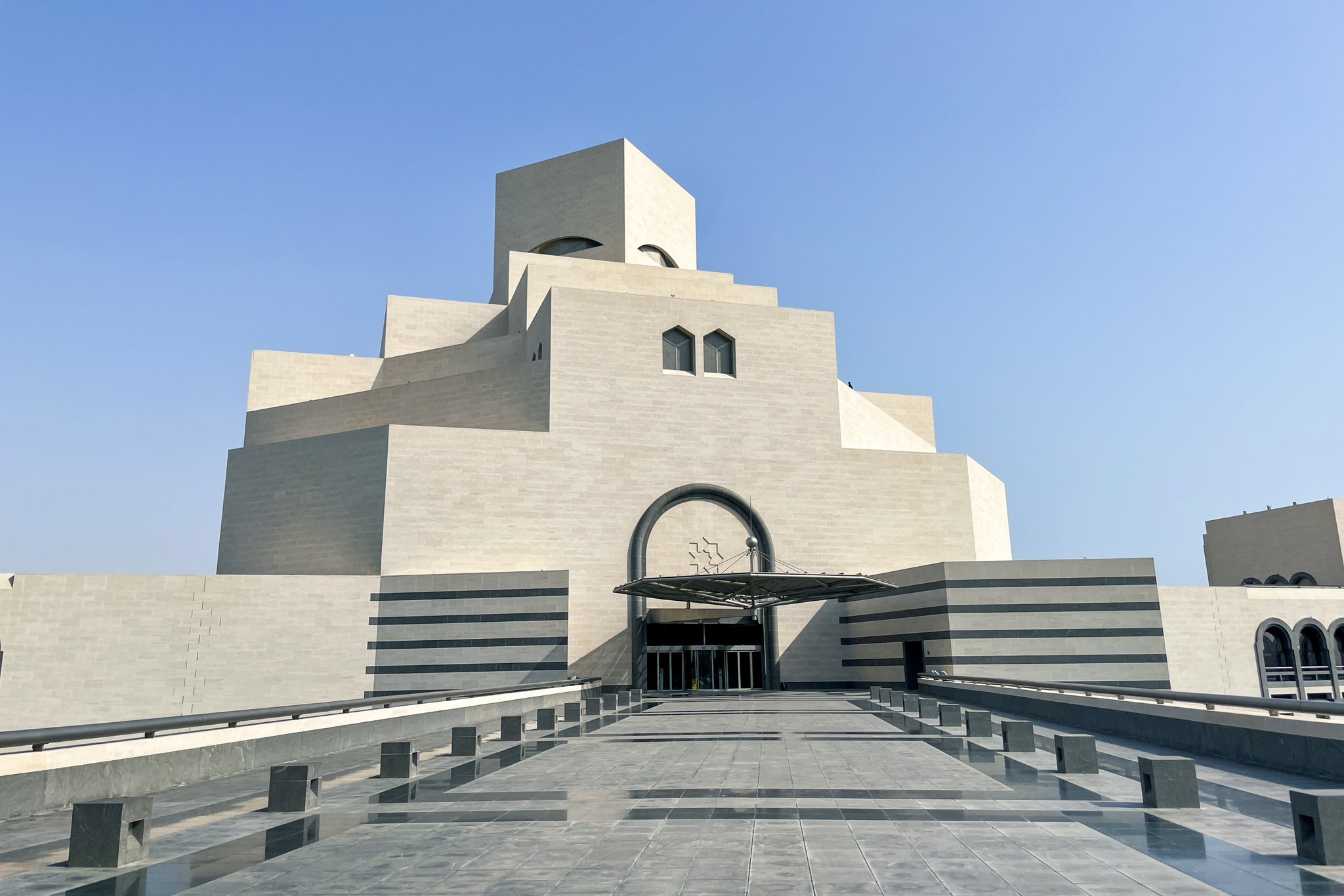
As travelers seek out destinations that offer both cultural depth and visual grandeur, these architectural marvels are rising to the occasion. They're designed not only to inform but to evoke emotion, spark conversation, and deepen human connection to both place and purpose. From reimagined grain silos in Norway to subterranean digital sanctuaries in Saudi Arabia, these awe-inspiring museums are pushing the boundaries of design, sustainability, and spatial storytelling.
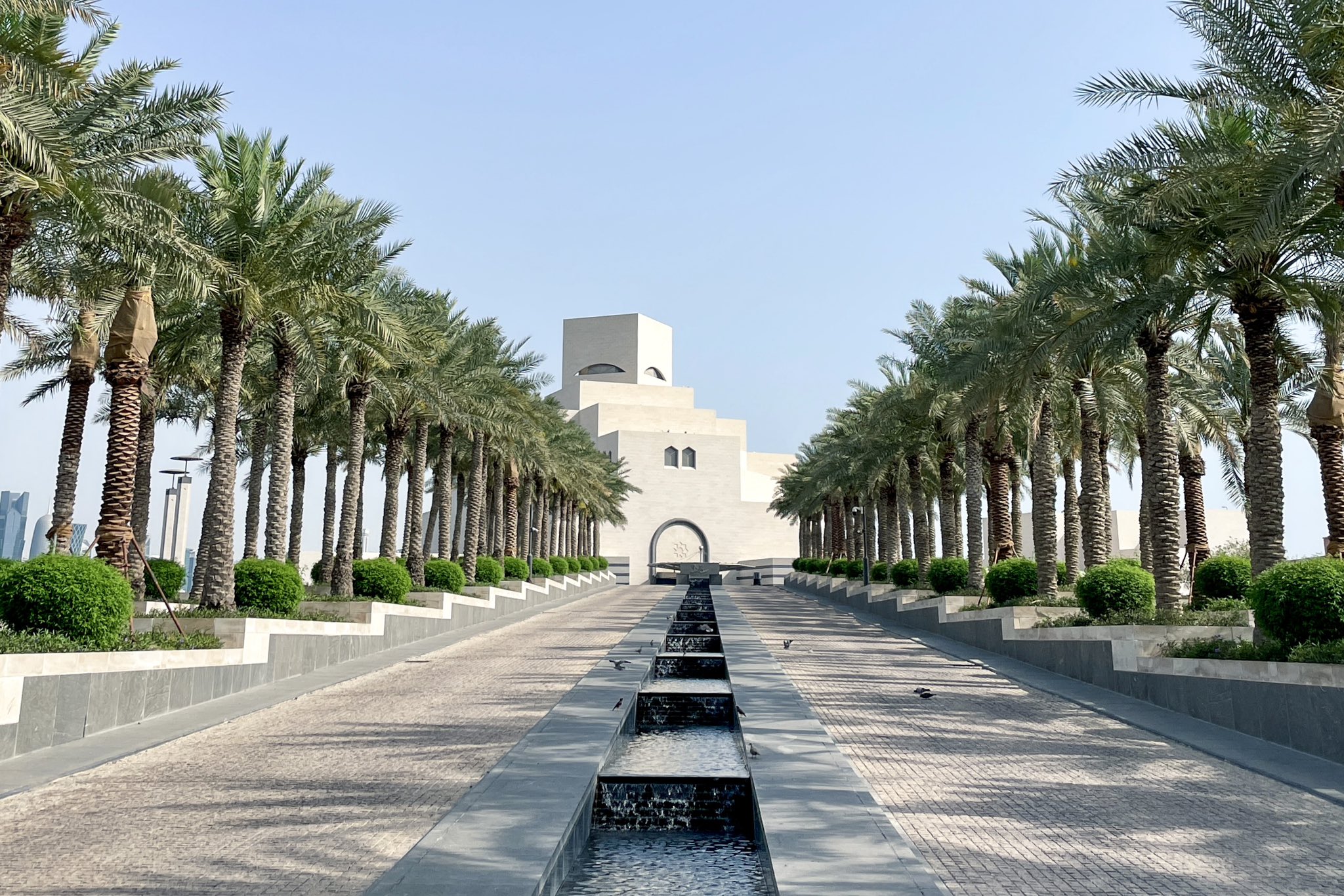
In many cases, the buildings themselves rival — or even surpass — the art they house. They challenge the conventional museum experience, inviting visitors to interact with the space as much as with the exhibits. They use light, shadow, texture, and scent to create multisensory journeys. Whether it’s a heritage structure reinterpreted for the modern age or a futuristic concept rooted in local culture, these museums remind us that architecture is not just a backdrop — it's a bold, dynamic protagonist.
1. Grand Palais – Paris, France

The Grand Palais is a masterpiece of architectural grandeur, originally built for the 1900 Paris Exposition by architect Charles Girault. This iconic structure features a vast 17,500-square-meter glass roof that allows natural light to flood the space, enhancing its ornate sculptures and frescoes.
After an extensive restoration by Chatillon Architectes, the Grand Palais now serves as a cultural hub, hosting art exhibitions, fashion shows, and public events. Its preserved upper gallery offers visitors a unique promenade, connecting them with Parisian history and providing panoramic views of the city.
2. Saka Museum – Bali, Indonesia
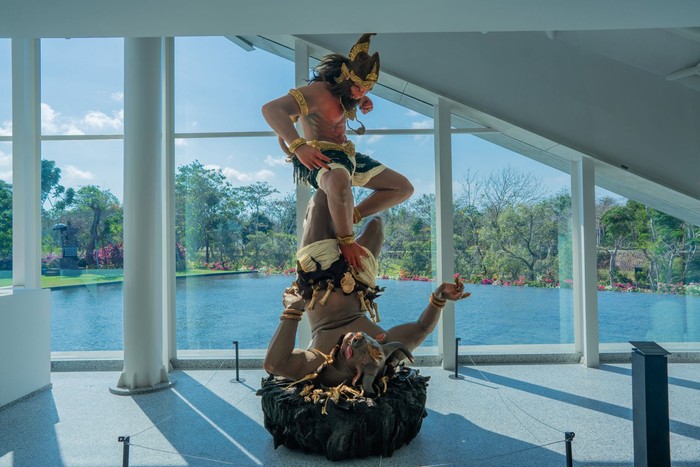
Opened in July 2024, the Saka Museum is a cultural gem within the Ayana Bali hotel complex, overlooking the breathtaking Jimbaran Bay. This museum reflects the Balinese philosophy of Giri Segara, symbolizing the harmony between mountain and sea. Its design includes a sloping roof that mimics the natural landscape, while a reflective pool enhances the serene atmosphere.
The Saka Museum showcases Bali’s living traditions, including an in-depth exploration of the Nyepi Day of Silence, offering visitors a deep dive into the island’s rich cultural heritage.
3. Audeum – Seoul, Republic of Korea
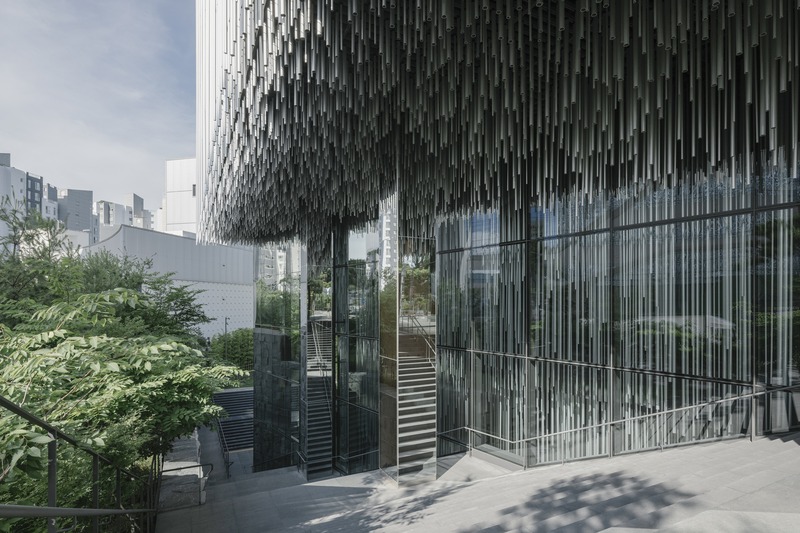
Audeum, designed by renowned architect Kengo Kuma, is an innovative museum that engages all five senses. Its façade, adorned with vertical aluminum pipes, reflects the beauty of nature and the play of light. The interior features a fragrant cypress wood entrance, inviting visitors to experience a multisensory journey.
Audeum not only showcases art but also serves as a space for performance and community engagement, creating an immersive environment where art and nature coexist harmoniously.
4. Kunstsilo – Kristiansand, Norway

Kunstsilo, a remarkable transformation of a former grain silo, is now Southern Norway’s largest museum, housing the world’s most extensive private Nordic art collection. Completed in May 2024, this three-story structure offers expansive views of the coastline and features a grand staircase that encourages meditation and reflection.
The museum hosts temporary exhibitions, workshops, and cultural events, making it a vibrant center for art and community engagement while celebrating the region’s industrial heritage.
5. Diriyah Art Futures – Riyadh, Saudi Arabia

Diriyah Art Futures stands as the first museum in the Arabian Peninsula dedicated to digital art. This ambitious project integrates exhibition spaces, research labs, and artist residencies into a cohesive structure that connects with the surrounding landscape of Wadi Hanifah. The design incorporates traditional architectural elements while embracing modern technology, creating an inviting atmosphere for exploration and interaction.
The museum aims to foster a dialogue between contemporary art and cultural heritage, appealing to both local and international audiences.
6. Cleveland Museum of Natural History – Cleveland, United States
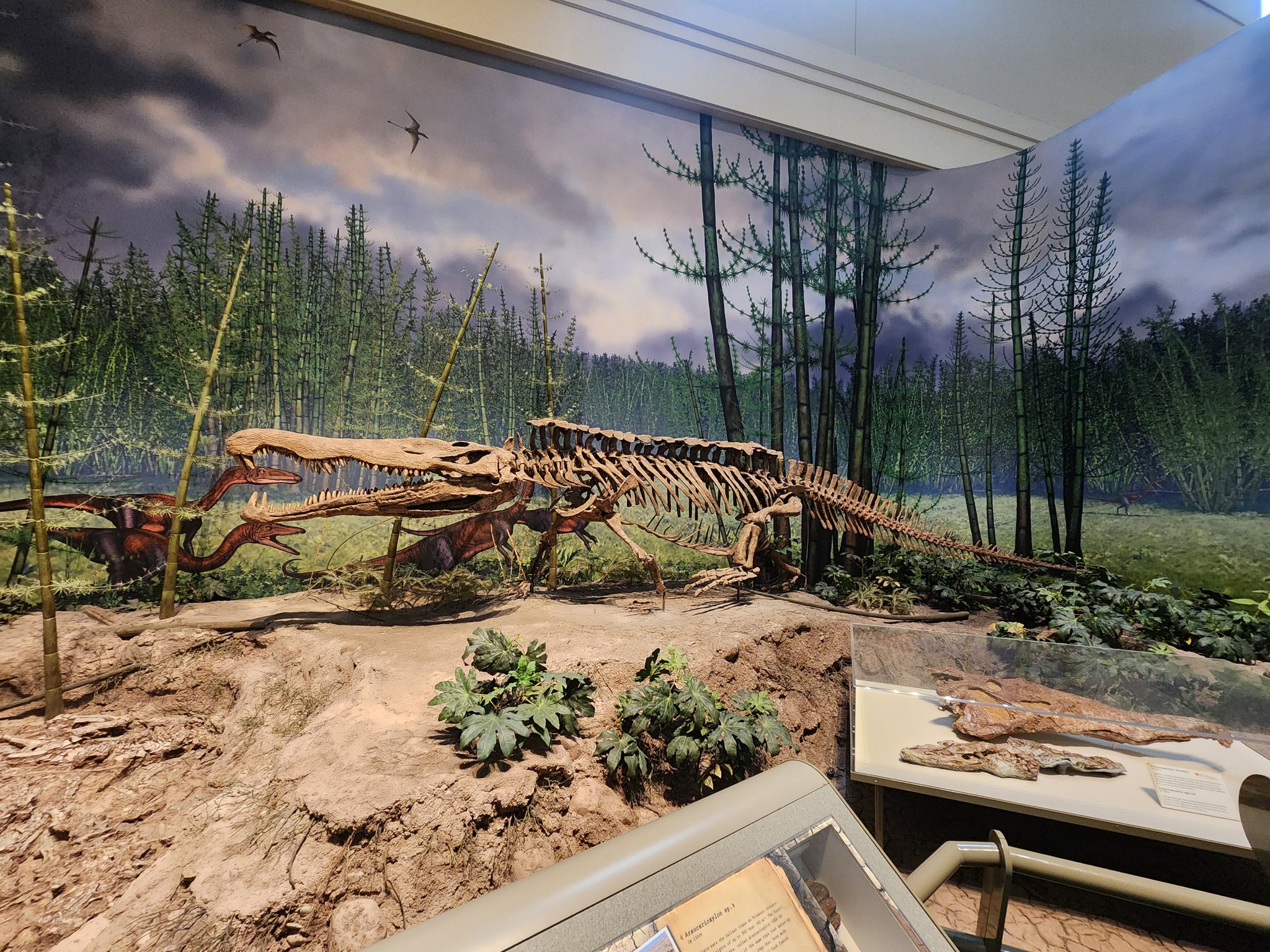
The Cleveland Museum of Natural History recently underwent a transformative renovation by DLR Group, reflecting the region's geological history. The redesign features flowing, alluvial forms reminiscent of glacial landscapes, unifying the museum's diverse exhibits.
Set on beautifully landscaped grounds, the museum offers educational programs, interactive exhibits, and a planetarium, making it a vital resource for families, students, and researchers alike. Its commitment to conservation and education underscores the importance of natural history in understanding our world.
7. Joslyn Art Museum – Omaha, United States
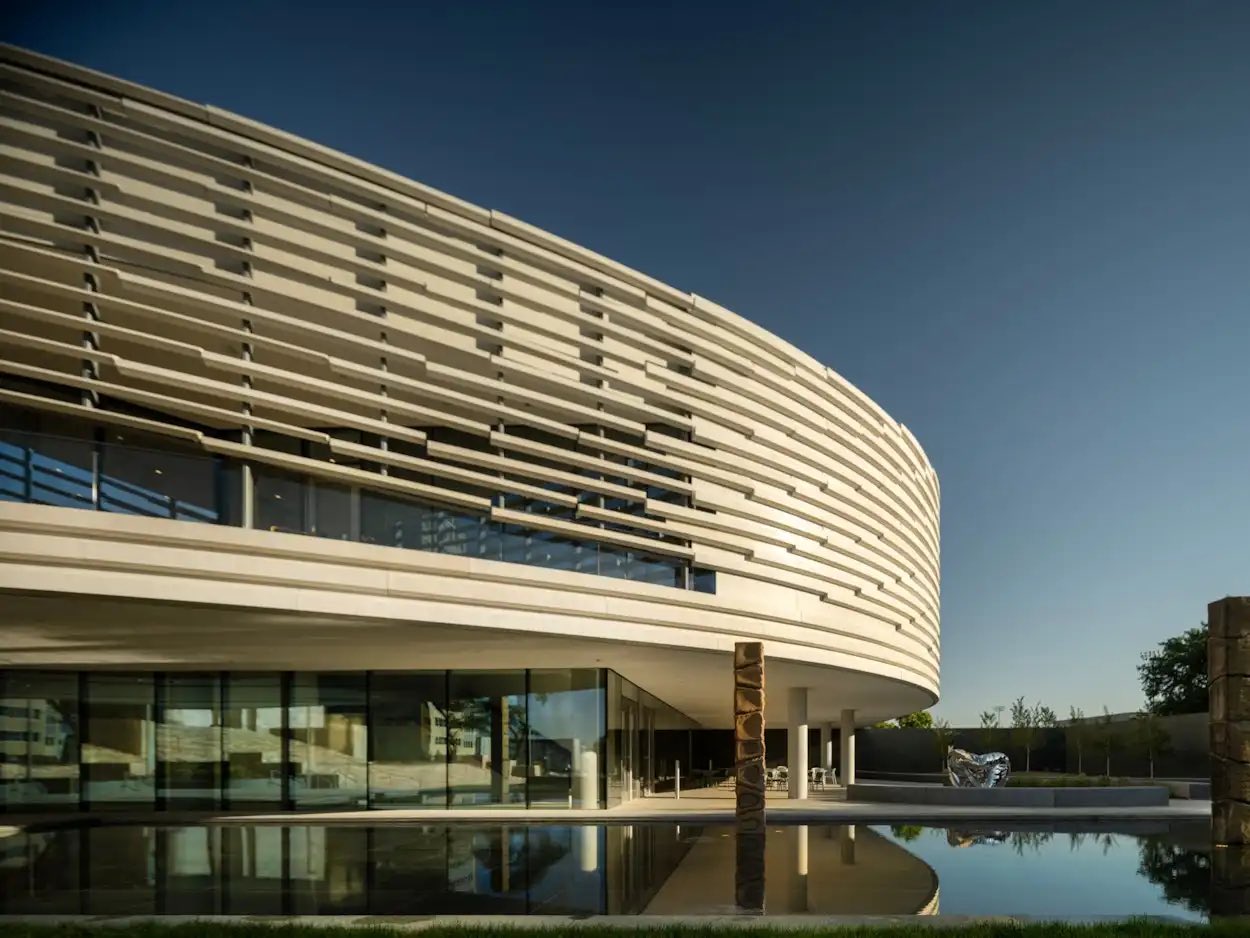
The Joslyn Art Museum is an architectural wonder that combines historical and contemporary designs. Founded in 1931, the museum features three distinct buildings, including the original Art Deco structure and two modern additions by renowned architects.
The museum's collection spans 5,000 years of art, with a focus on American and European works. It offers educational programs, workshops, and community events, making art accessible to all. The campus also boasts beautiful gardens and outdoor spaces for visitors to enjoy.
8. Louvre Museum – Paris, France
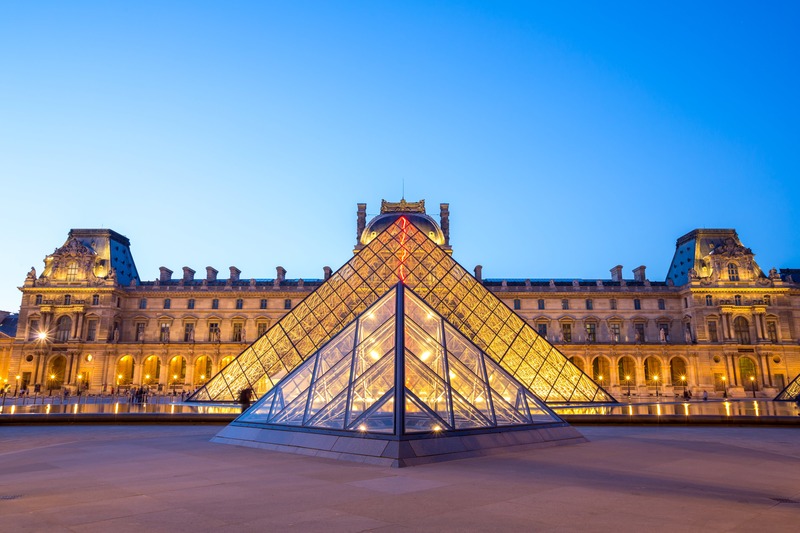
The Louvre, one of the world’s most famous museums, features a glass pyramid entrance designed by I.M. Pei, which revolutionized the visitor experience. The museum houses an extensive collection of art, including the Mona Lisa and the Venus de Milo, spanning thousands of years and cultures.
The Louvre regularly hosts temporary exhibitions, educational workshops, and cultural events, making it a dynamic space that connects history with contemporary artistic expressions. Its rich history as a royal palace adds to the allure of this iconic institution.
9. Guggenheim Museum Bilbao – Spain
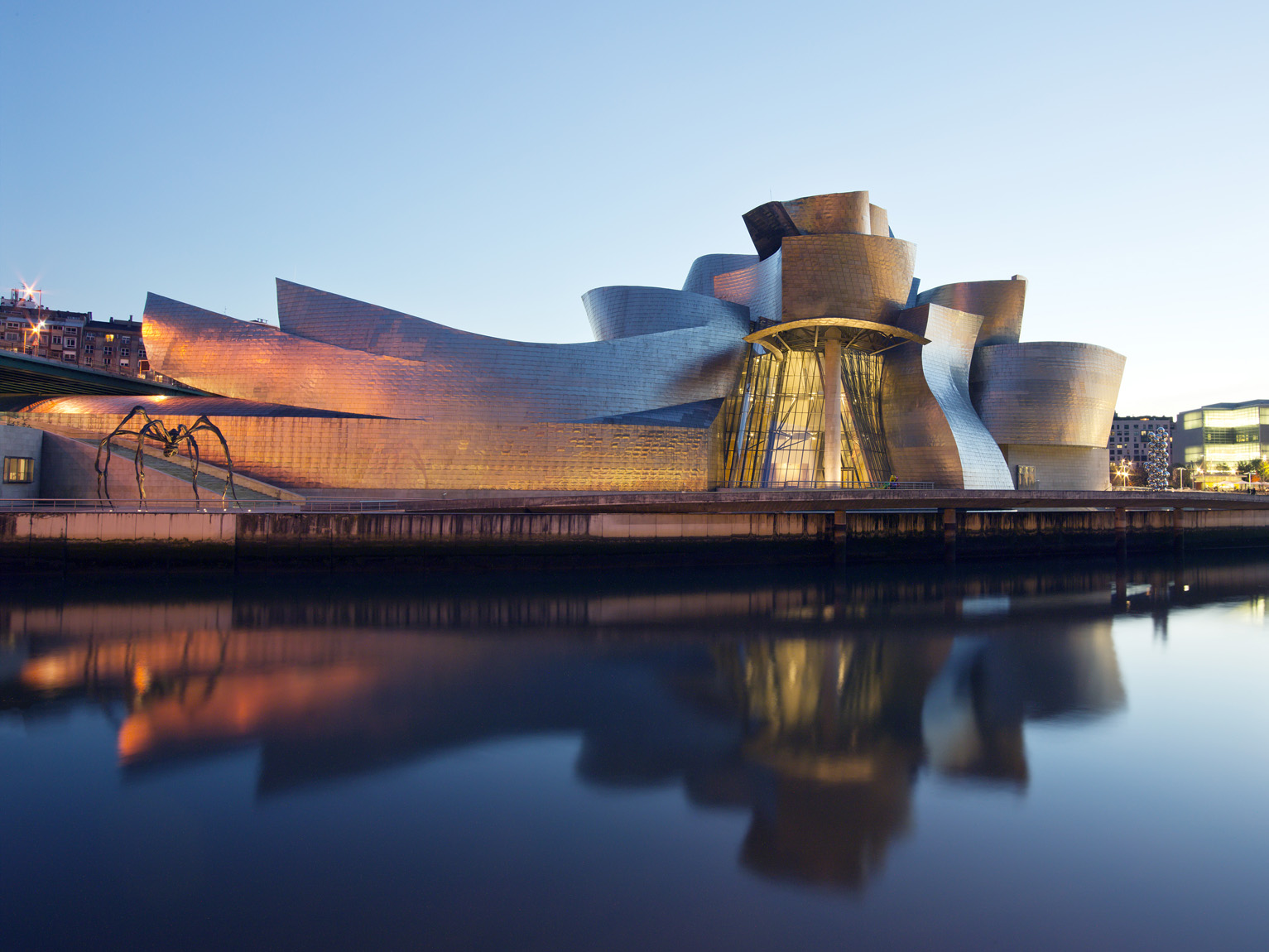
Frank Gehry’s Guggenheim Museum Bilbao is a landmark of contemporary architecture, known for its flowing, sculptural forms clad in titanium. Since its opening in 1997, the museum has revitalized the city’s industrial landscape and become a cultural beacon.
The museum hosts a diverse range of exhibitions, from modern and contemporary art to immersive installations. Its innovative design enhances the visitor experience, making it a must-see destination for art lovers and architecture enthusiasts alike.
10. Museum of Islamic Art – Doha, Qatar
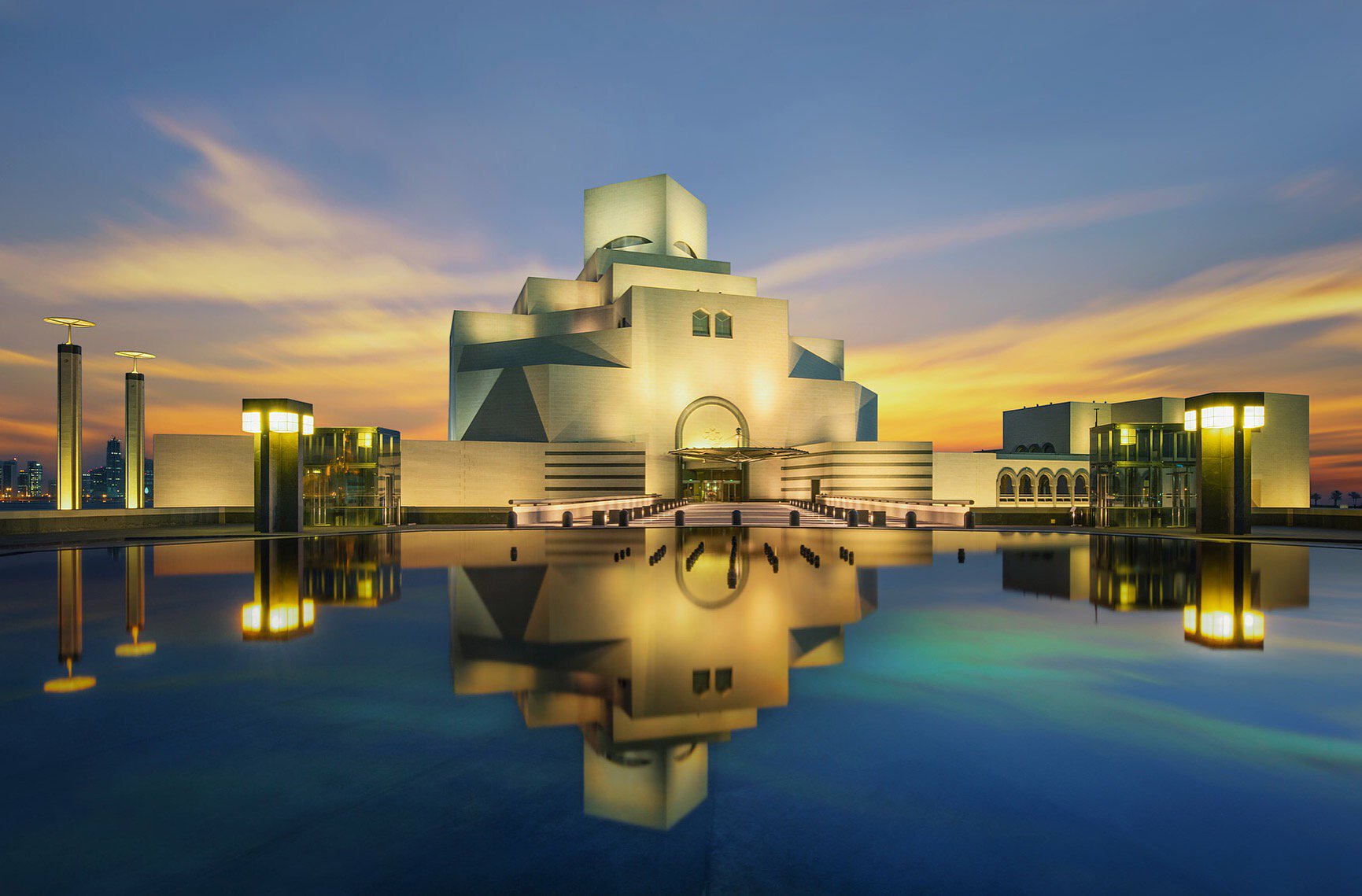
I.M. Pei’s Museum of Islamic Art is a stunning example of modern architecture inspired by ancient Islamic design. Rising from an artificial island, the museum features a limestone façade and geometric forms that create breathtaking views of Doha Bay. Inside, it houses one of the world’s finest collections of Islamic art, spanning over 1,400 years.
The museum also offers educational programs, workshops, and cultural events, fostering a deeper understanding of Islamic heritage and its influence on global art.
These architectural wonders demonstrate that museums have evolved into destinations that celebrate both art and the human experience. Whether admiring the grandeur of the Grand Palais in Paris or exploring the innovative design of Diriyah Art Futures, visitors are invited to engage with culture in new and exciting ways. In a world where the journey through these stunning structures can be as enlightening as the art they contain, these museums are redefining the experience of cultural exploration.

























.jpg)

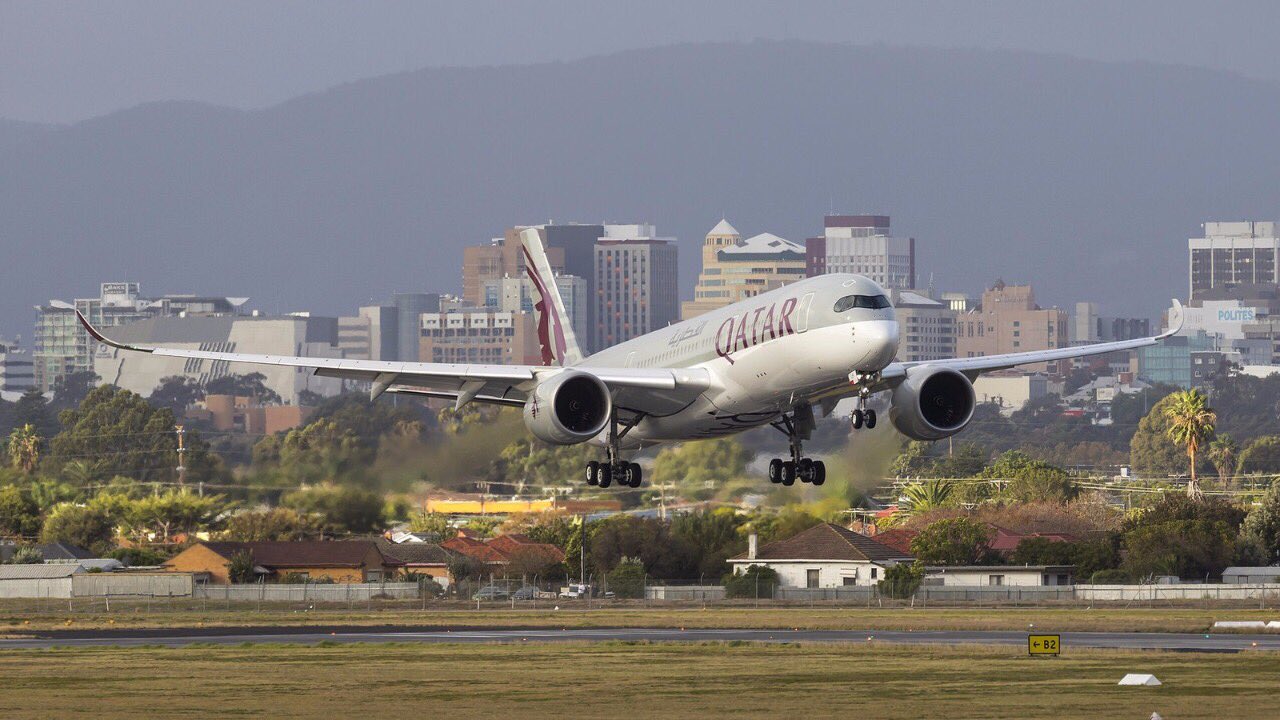



.jpg)





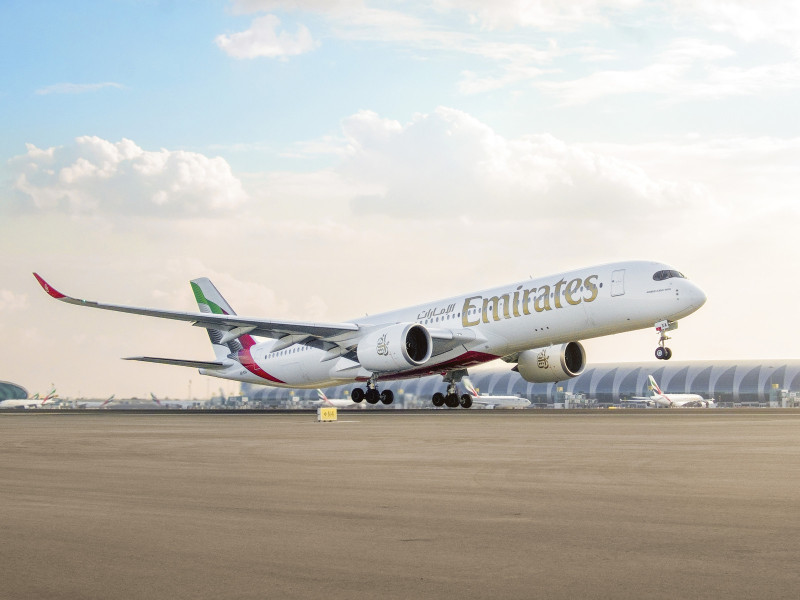
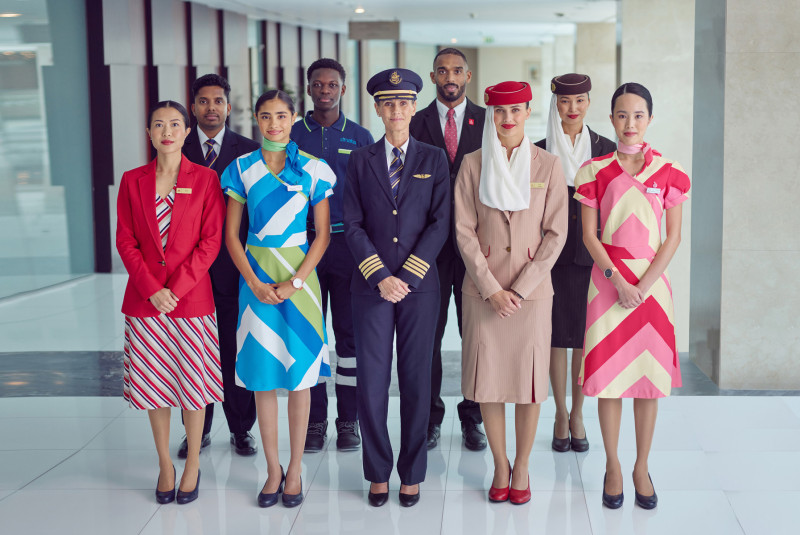
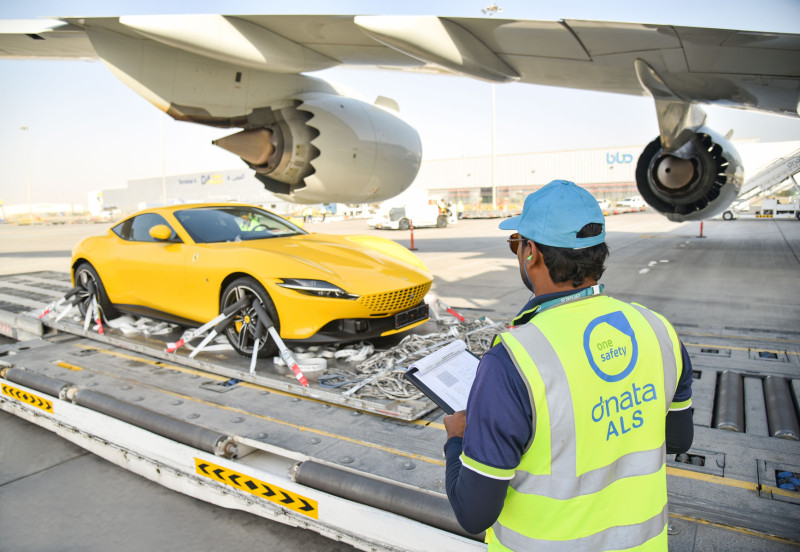







-302cd4-large-1748788146 (2).jpg)


.jpg)













.jpg)
.jpg)